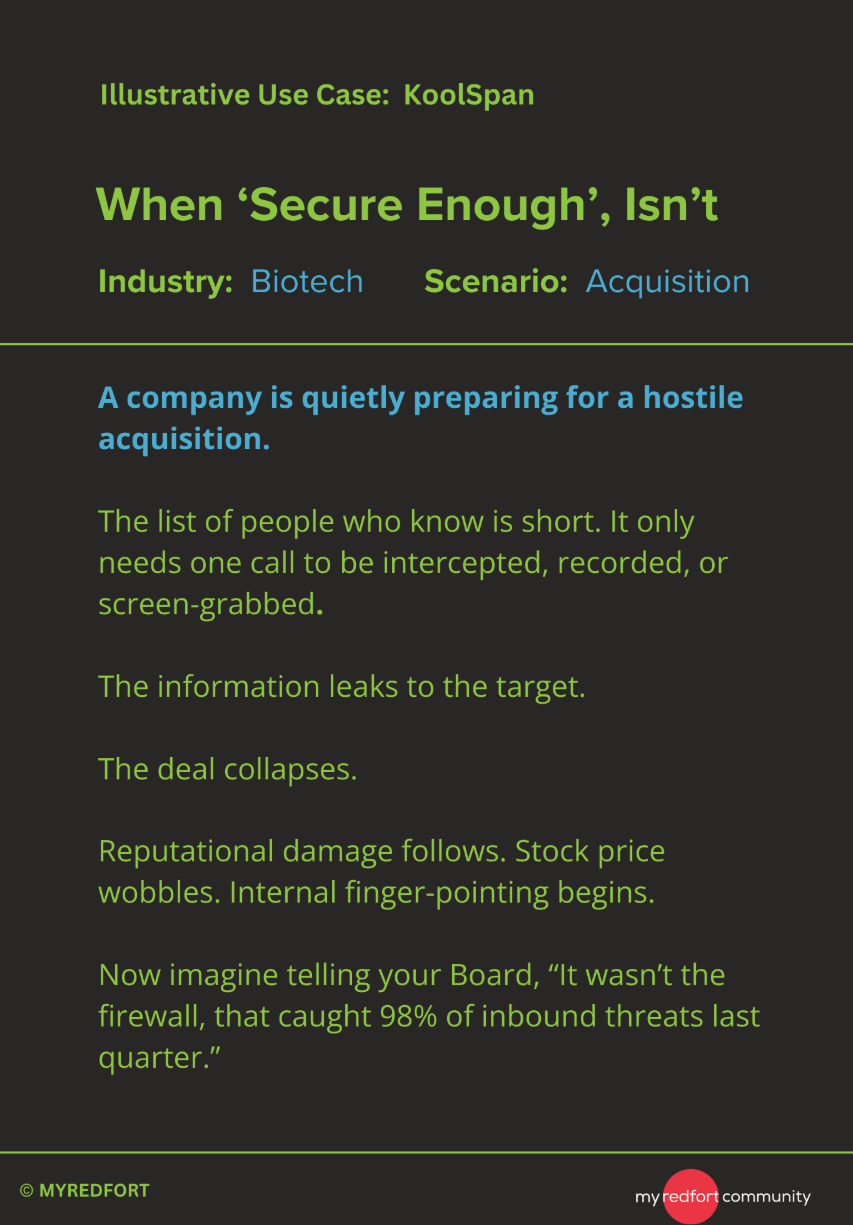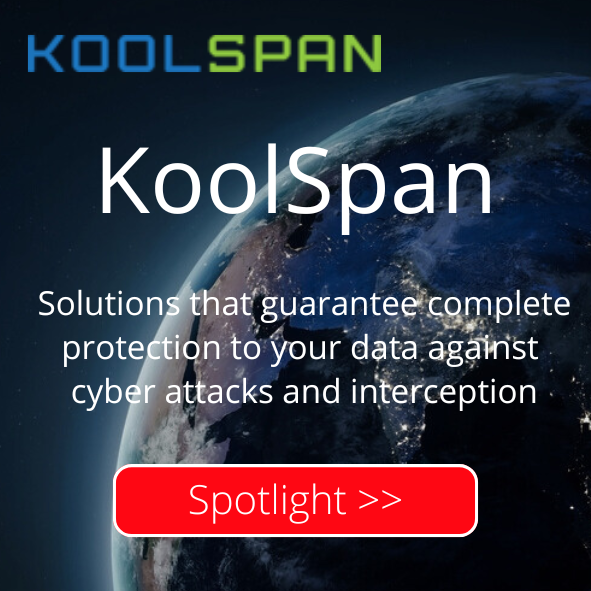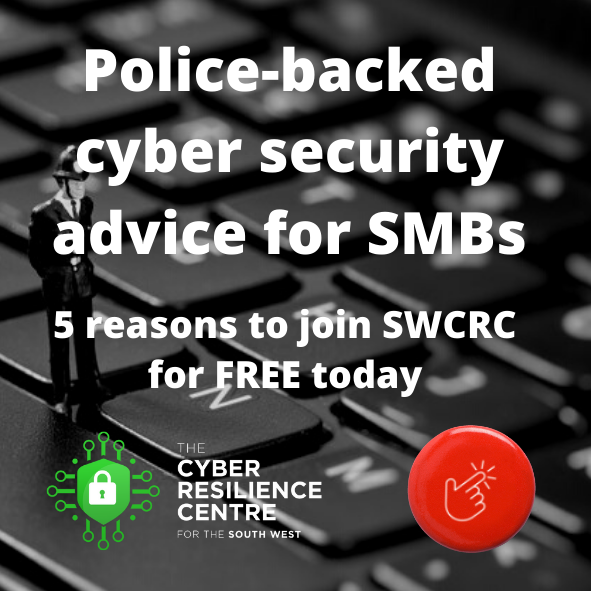In an open network, the assumption is that everyone can communicate with everyone. But you know what they say about assumptions.
That’s fine for social platforms or low-risk collaboration tools. However, when handling sensitive negotiations, executive direction, or strategic responses, that openness becomes a liability.
You don’t just need cybersecurity and encryption. You need containment. And the only way to enforce containment is through a closed communication ecosystem where access isn’t just limited, it’s architected that way.
For many in our community, this will be only of passing interest. For others involved in mergers and acquisitions, research and development or sensitive contractual negotiations, for example, this is highly relevant and may be being overlooked. Here, we aim to outline in simple terms what we mean by a closed communication ecosystem, when and where it matters.
What a closed ecosystem is, and what it isn't
A closed communication ecosystem means:
- Only authorised, verified users can participate
- Communication can only happen between approved parties
- There is no external messaging, joining, or contact syncing
- Admins define who is allowed inside and can revoke access instantly
It’s not just a messaging tool. It’s a walled-off environment designed for one purpose: to control to protect what people communicate, to whom, and when.
Compare this to most tools:
- Anyone can message you if they have your number or username
- New users can be added to group chats without notice
- Content can be forwarded, copied, or exported outside the app
- Users are responsible for their access hygiene
That model fails the moment something sensitive is discussed.
Why control matters more than convenience
In high-risk environments, openness creates opportunity — for mistakes, manipulation, or leaks.
A few examples:
- A junior employee gets added to a chat by mistake and sees a pending acquisition plan
- A vendor forwards an internal message to someone outside the ecosystem
- A former exec still has access to conversations weeks after leaving the firm
Each scenario is plausible. Each is a preventable failure. And none of them are stopped by encryption alone.
Containment beats cleanup
The old model of “find and fix” doesn’t work for communications. Once a message is out — forwarded, screenshot, re-shared — you don’t get it back.
A closed ecosystem avoids this entirely:
- Access is managed at the system level, not at user discretion
- Messages can’t be forwarded or shared externally
- Communication history disappears with the user’s access rights
You don’t rely on the person to make the right call. The system will make it easy for them by establishing a secure perimeter around your most sensitive conversations, even if the rest of the environment is noisy, exposed, or under threat.
Real-world relevance
To keep the conversation ‘in the room’ whether that room is a board call, a private chat, global leadership update, a closed ecosystem protects:
- M&A discussions from being overheard or shared too early
- Crisis response coordination from becoming public before it's contained
- Executive strategy from leaking to employees or competitors
- Cross-border legal conversations from regulatory exposure
- Aid workers in crisis environments
Final word
Security isn’t just about encryption. It’s about control.
A closed ecosystem isn’t restrictive. It’s responsible. It’s how serious organisations communicate when failure isn’t an option.
If you don’t control who can talk to whom, where they can talk, and what they can do with the content, you’re not secure. You’re just lucky.
Example use case
Imagine a scenario where your company is quietly preparing for a hostile acquisition. The list of people who know is short. It only needs one call to be intercepted, recorded, or screen-grabbed.
The information leaks to the target. The deal collapses. Reputational damage follows. Stock price wobbles. Internal finger-pointing begins.
Now imagine telling your board, “Don’t worry, our firewall caught 98% of inbound threats last quarter.” It won’t land. That's the moment when “secure enough”, isn’t.
More in KoolSpan
Why highly secret situations need more than standard cybersecurity.
Why People-Driven Mistakes Are a Serious Matter
Securing data beyond the basics.
Some of the biggest threats to your organisation’s sensitive data come from within.
Threats don't just come from the outside.
Protect your data in KoolSpan Trust Circles
How unsecured communication can derail reputations and market stability
Who's our leak?
Could it be you in the team working on a sensitive business project
Why privacy should be everyone's concern.
Share this story















